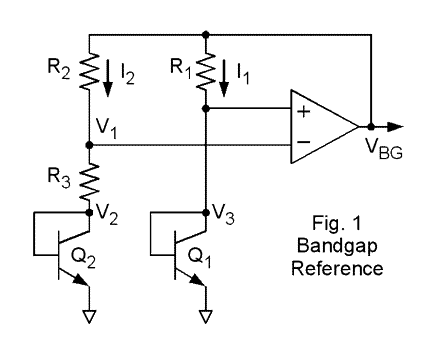Career View:
The Quality is the Key
To build a world-class business over a period of a few years, the quality must be present at the very beginning. This means that the managers must have available to them a key advantage or application that will carry them forward. One of the best things you can do for your career is to provide them with such a key advantage.
Always ask your superiors and co-workers about their significant needs. Find out what are the major problems facing their organization, and how you can assist them in achieving the world-class success that they desire.
Our seminar Future-Oriented Career Development explores key ideals for being the best possible in your technical career, and supporting your organization.
Do you know the answers to these key career questions?
1. What is the most important function of my supervisor?
2. How do I find a compass when there's no clear direction?
3. How do I recognize if my manager is a strong leader?
4. How do I know when I have enough data?
5. What should I do, and avoid, when entering a new organization?
6. What is the number one cause of delay in technical work?
7. What are the major sources of conflict within an organization?
These are a few of the 15 key career issues covered in our seminar. Please see the Careers section of our web site for a more complete description.
The career seminar consists of a series of talks and discussion groups focused on methods to help professionals to maximize their potential by renewing their teamwork ideals. It begins with business goals, introduces technical priorities and management methods, and explores the dynamics of respect and integrity for individuals and groups. This seminar can be tailored to the specific needs of your department.
Today's Technical Feature:
Temperature Invariance for the On-Chip Regulator in CMOS
The first part of this analysis was given in our previous issue.
In that discussion, we identified the three major parts of an on-chip regulator; (1) the Bandgap Generator, (2) the Reference Generator, and (3) the Output Driver. We developed the methods to design the second and third parts with good stability and gain.
Today we complete the study by looking into the "Bandgap Generator," from which temperature independence originates.
A qualitative exploration of the temperature independence of Widlar-style circuits is available in most advanced bipolar circuit design textbooks. Here I will expand the equations more extensively, giving individual terms as a function of temperature, so that we can see how they vary algebraically.
In most circuit design activities, equations are empirical rather than analytical. For this range of operation, an empirical expression taking the form of the general diode equation is applicable:

Js is also dependent on temperature. Using the subscript "o" to denote the room-temperature value of any parameter, the saturation current density (Js) relative to its room temperature value (Jso) is

Neglecting the 'minus one' in eq. (1), and substituting eq. (2) into eq. (1), gives the forward diode current density as a function of temperature:

Rearranging gives an expression for the diode voltage as a function of temperature:

Equations (3) and (4) can be expressed in terms of the currents (I) or current densities (J).
Now we go to the familiar bandgap circuit (Fig. 1) and apply the nodal equations at V1.

Since at equilibrium V1 = V3, we write
![]()
Using eq. (4) to substitute expressions for V2 and V3, this becomes

Then since we're using equal sizes for Q1 and Q2, we allow Iso1=Iso2 to cancel in eq. (6). Then substitute I1/I2 = R2/R1, into (6) and the result is

From the schematic we get
![]()
then substituting V1 = V3 results in
![]()
Then use eq. (4) to get an expression for V3 in terms of I1. Substitute that expression for V3 into eq. (8b) and then substitute I1 = I2R2/R1. The resulting equation for VBG will be:

Substituting (7) into (9) gives

which provides an algebraic expression for VBG in terms of temperature. Some typical parameters values might be:


